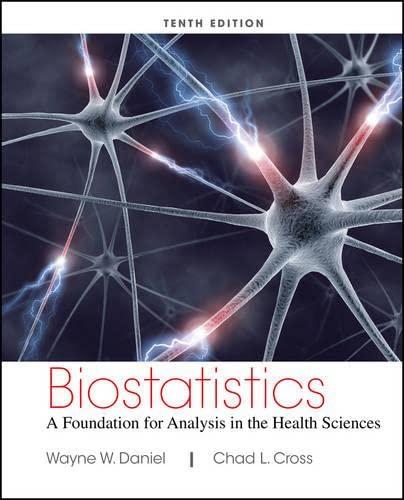In a study investigating the relative bioavailability of beta-carotene (BC) and alpha-carotene (AC) from different sources of
Question:
In a study investigating the relative bioavailability of beta-carotene (BC) and alpha-carotene
(AC) from different sources of carrots, Zhou et al. (A-46) used ferrets as experimental animals.
Among the data collected were the following concentrations of BC, AC, and AC/BC molar ratios in the sera of 24 ferrets provided with different sources of carotenoids for 3 days in their drinking water:
BC
(mmol/g)
AC
(mmol/g)
AC/BC
(mol/mol)
Unheated Juice 0.637 0.506 0.795 0.354 0.297 0.840 0.287 0.249 0.869 0.533 0.433 0.813 0.228 0.190 0.833 0.632 0.484 0.767 Heated Juice 0.303 0.266 0.878 0.194 0.180 0.927 BC
(mmol/g)
AC
(mmol/g)
AC/BC
(mol/mol)
Heated Juice 0.293 0.253 0.864 0.276 0.238 0.859 0.226 0.207 0.915 0.395 0.333 0.843 Unheated Chromoplast 0.994 0.775 0.780 0.890 0.729 0.819 0.809 0.661 0.817 0.321 0.283 0.882 0.712 0.544 0.763 0.949 0.668 0.704 Heated Chromoplast 0.933 0.789 0.845 0.280 0.289 1.031 0.336 0.307 0.916 0.678 0.568 0.837 0.714 0.676 0.947 0.757 0.653 0.862 Source: Data provided courtesy of Dr. Jin-R. Zhou.
Step by Step Answer:

Biostatistics A Foundation For Analysis In The Health Sciences
ISBN: 9781118302798
10th Edition
Authors: Wayne W. Daniel, Chad L. Cross






